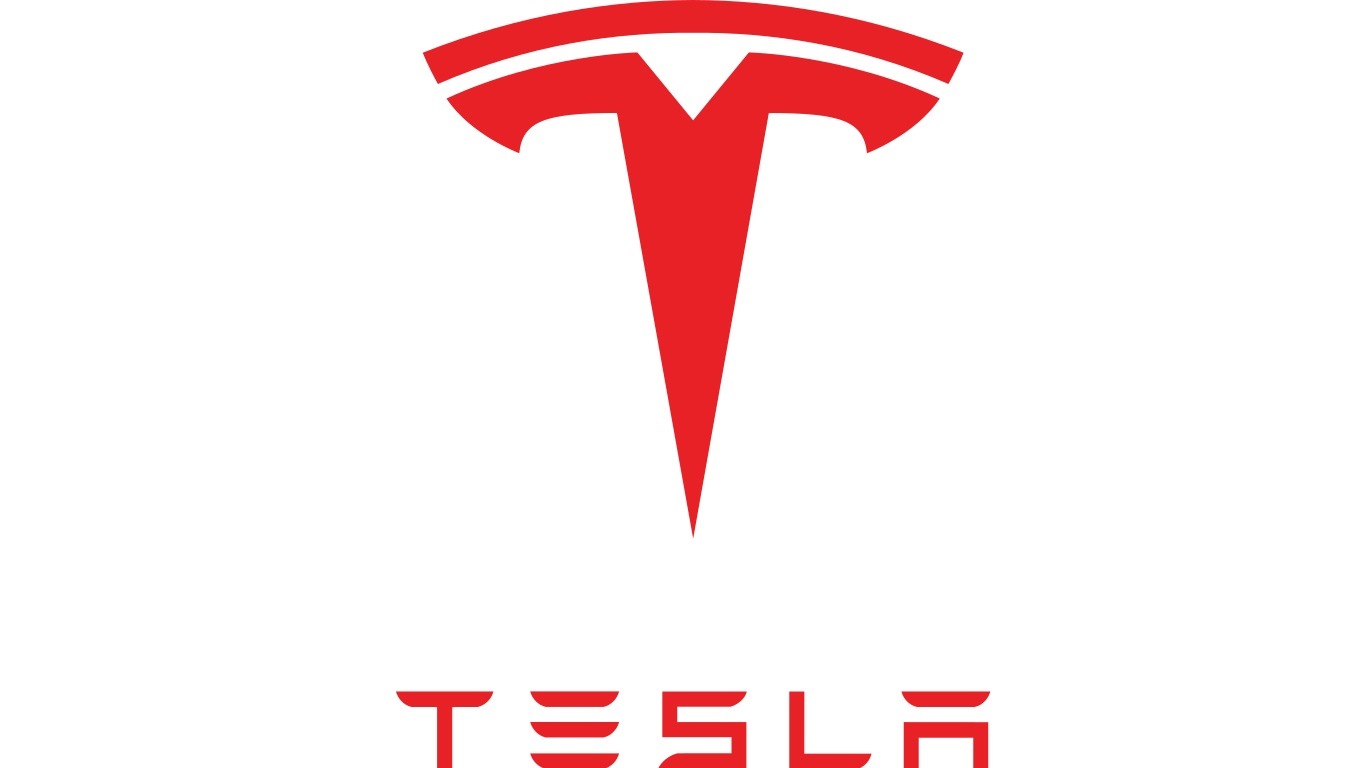Cars and Drivers
Why Tesla's Massive Loss Is Not the Only Problem

Published:
Last Updated:

When Tesla Inc. (NASDAQ: TSLA) reported second-quarter 2019 earnings after markets closed on Wednesday, the electric car maker posted an adjusted diluted net loss per share of $1.12 on revenues of $6.35 billion. In the same period a year ago, the company reported a loss per share of $3.06 on revenues of $4.02 billion. Second-quarter results also compare to consensus estimates calling for a net loss per share of $0.04 and $6.41 billion in revenues.
Added to the larger than expected loss was the also-unexpected departure of company co-founder and chief technology officer, J.B. Straubel, who will become an adviser to Tesla.
Earlier this month, Tesla said it had delivered approximately 95,200 vehicles in the second quarter, compared to a consensus expectation of 85,000 vehicles. The company built 87,084 vehicles in the first quarter, about 10,000 more than in the first quarter. Vehicles in transit at quarter’s end totaled more than 7,400.
In the letter to shareholders, Tesla CEO Elon Musk and Chief Financial Officer Zachary Kirkhorn reiterated once again the company’s forecast for 360,000 to 400,000 deliveries this year. They also reaffirmed a late 2019 start-date for production at the Shanghai Gigafactory. If production can ramp as quickly as they project, the plant would reach volume production early in the 2019 fourth quarter and full-year production could reach more than 500,000 vehicles in the 12-month period through June of 2020.
Quarterly gross margins on the company’s automotive business came in at 18.9%, slightly below expectations for margins in the range of 20% to 21%. Musk and Kirkhorn reiterated their expectation of positive quarterly free cash flow “with possible temporary exceptions.” They also wrote, “We believe our business has grown to the point of being self-funding.”
The company reported $614 million in free cash flow (operating cash flow minus capital spending) in the second quarter, a quarter earlier than Tesla projected at the end of the first quarter.
Tesla reported $5 billion in available cash following a secondary stock offering and new debt issuance combined with its free cash flow.
Investors reacted badly to the big per-share loss, Straubel’s departure and the miss on automotive gross margin. Shares traded down more than 12% in Thursday’s premarket session, at $232.39 in a 52-week range of $176.99 to $387.46. The 12-month consensus price target on the stock is $263.55.
If you’re one of the over 4 Million Americans set to retire this year, you may want to pay attention.
Finding a financial advisor who puts your interest first can be the difference between a rich retirement and barely getting by, and today it’s easier than ever. SmartAsset’s free tool matches you with up to three fiduciary financial advisors that serve your area in minutes. Each advisor has been carefully vetted, and must act in your best interests. Start your search now.
Don’t waste another minute; get started right here and help your retirement dreams become a retirement reality.
Thank you for reading! Have some feedback for us?
Contact the 24/7 Wall St. editorial team.